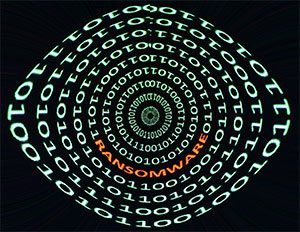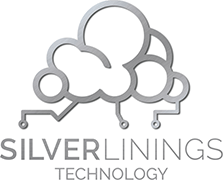 In today’s digital healthcare environment, Skilled Nursing and Assisted Living facilities are not just care providers—they’re data guardians. With vast amounts of sensitive personal and medical information on file, these facilities have become prime targets for cybercriminals. A new ransomware threat, ominously named Dark Power, is a growing concern that healthcare leaders cannot afford to ignore.
In today’s digital healthcare environment, Skilled Nursing and Assisted Living facilities are not just care providers—they’re data guardians. With vast amounts of sensitive personal and medical information on file, these facilities have become prime targets for cybercriminals. A new ransomware threat, ominously named Dark Power, is a growing concern that healthcare leaders cannot afford to ignore.
What is Dark Power?
Dark Power is a recently identified form of ransomware that has already stolen the personally identifiable information (PII) of at least ten individuals in its first month of activity. Victims are threatened with public exposure of their private data unless they pay a ransom—typically up to $10,000. While that may sound low compared to other ransomware demands, the risks are anything but small.
This emerging malware is believed to be linked to organized crime, though it can also be deployed by politically or financially motivated individuals and groups. Once it infiltrates a system, it locks users out, encrypts critical data, and demands payment in exchange for restoration. But here’s the catch: only 8% of ransomware victims actually recover their data after paying. The rest? The attackers simply take the money and run.
Why Healthcare Is at High Risk
Healthcare organizations are particularly vulnerable. Older infrastructure, lack of dedicated IT resources, and a constant influx of new residents, staff, and third-party vendors all create opportunities for cybercriminals to exploit weaknesses.
For Skilled Nursing and Assisted Living facilities, a ransomware attack can mean:
- Loss of access to critical patient records
- Exposure of sensitive health information
- Violations of HIPAA and other compliance regulations
- Financial penalties and reputational damage
- Disruption of care and operational chaos
How to Defend Against Ransomware
Here’s what your facility can do to stay ahead of threats like Dark Power:
- Implement Multi-Layered Security
Invest in enterprise-grade antivirus, firewalls, and endpoint protection systems. Don’t rely on a single solution—ransomware often slips through basic defenses. - Educate Your Staff
Many attacks start with a simple phishing email. Train all employees to recognize suspicious messages and practice secure data handling habits. - Backup Patient Data Regularly
Ensure you have secure, offline backups of all critical data. This allows your facility to recover information without paying a ransom. - Update and Patch Systems Promptly
Outdated software is a hacker’s dream. Keep all systems, especially EHR platforms and resident management software, fully updated. - Partner with a Healthcare-Focused IT Provider
Work with professionals who understand the unique needs and compliance requirements of healthcare facilities. Proactive monitoring, rapid response protocols, and regular security audits can make all the difference.
Final Thoughts
Even a $1 ransom is too much to pay when the security and dignity of your residents are at stake. Cybercriminals like those behind Dark Power are betting on healthcare facilities being underprepared—but you don’t have to be one of them.
Take steps now to protect your residents, your staff, and your operations. Because in cybersecurity, prevention isn’t just better than the cure—it is the cure.


